
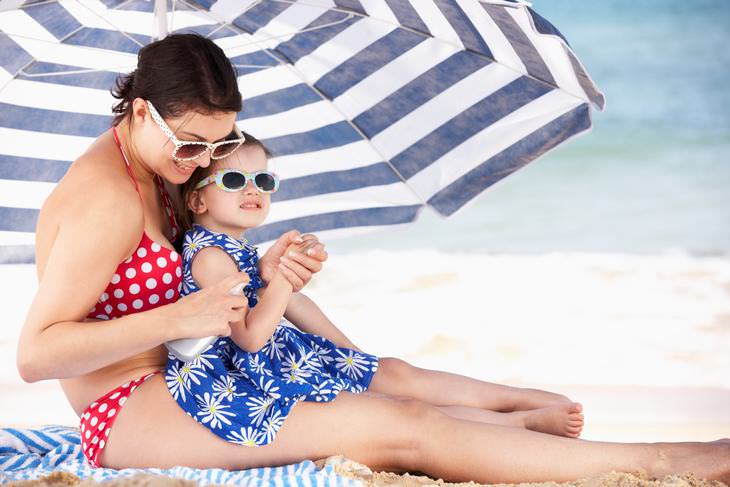
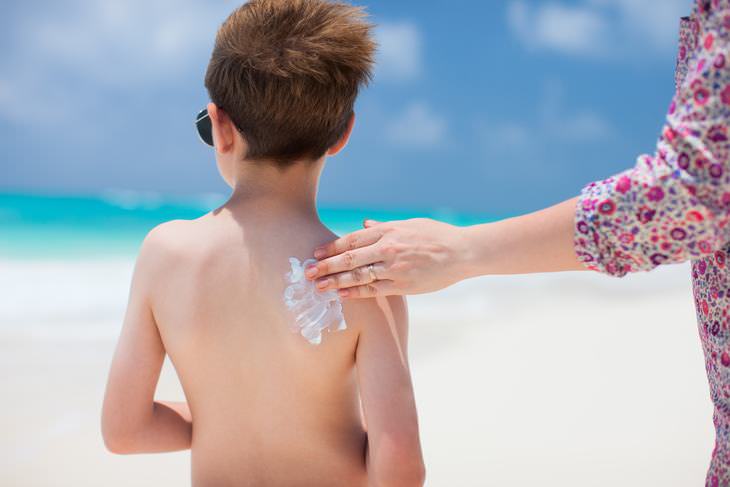

These Cosmetic Products are Cheap to Make & Chemical Free
Ready-made cosmetics may be convenient, but not only are they expensive, they tend to contain toxic products. Here are 8 products you can prepare yourself.

Got Pain All Over Your Body? Don't Ignore These Symptoms
Do you suffer from fibromyalgia? This is what you need to know.

These Easy Guides Will Turn Any Mom into Supermom!
Being a parent is the hardest challenge in the world. Perhaps these nifty video guides will help!

Traveling with Kids? Keep These Essential Tips in Mind
Traveling with kids? Keep these essential tips in mind.

7 Ways to Develop a Child's Executive Functions
What are these executive functions and how can you help your child develop them? You will find all of this in the following guide.

Be Aware of the 15 Silent Signs of Childhood Anxiety
When kids are worried or feeling anxious they don't always have the courage to tell anyone, and this can be an absolute nightmare for concerned parents. Here are 15 silent warning signs that your child may be suffering from anxiety.

7 Styles of Parenting: Is Yours Among Them?
We explore the seven main styles of parenting and how each one may affect children.
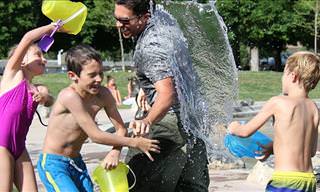
21 Super Creative Ideas For Fun Activities With Kids!
You don't have to be young to help children develop with these 21 fun activities. See for yourself and help that little darling grow up strong and happy!

How to Prepare Kids Starting at a New School
we've divided our tips into three parts: before, during, and after the transition, to help your children prepare and adapt to new environments more smoothly.

How to Solve These 5 Common Marital Crises
Sooner or later, each couple undergoes one crisis or another that is inevitable. The good news is that we've put together the ways of dealing with them!

These "Harmless" Remarks Can Negatively Impact Children
Avoid saying these seemingly innocent phrases around kids; they confuse them.
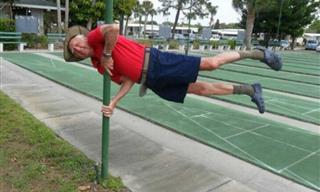
14 Photos Proving Grandpas Are the Coolest
These grandpas are the definition of cool.

8 Tips for Creating Emotional Security in Relationships
Whether you feel emotionally secure in your relationship or not, it's important that you know the 8 ways that you can create it for you and your partner...

10 Worst Things to Say When Talking to Your Grandchildren
In this article, we will look at some of the things you should never say to your grandchildren.

8 Tips to Saving Your Marriage
Today you will learn 8 pieces of advice from experts and relationship counselors.

How to Get Your Child to be Serious When Appropriate
How do you establish boundaries and make sure your child is behaving seriously at solemn occasions.

If You Have a Strong-Willed Child, We Have 6 Tips for You
Children can be strong-willed, some even innately stubborn - but before your home becomes a battleground, try out the following 6 tips...

Advice: How to Deal With Toxic Family Members
This article will help your identify toxic family members and how to deal with them.

Some Good Advice for Teaching Your Kids How to Learn
Our children learn a lot in school, but some have a hard time studying, task solving, reading instructions or summarizing texts. These 10 tips can help...

How Do We See Our Parents Throughout the Years?
From cradle to middle age, this is how we perceive our parents.

16 Pictures of Family Love that Will Move You to Tears
A collection of moments shared online that show family at its very finest and most loving

Be Aware of the 15 Silent Signs of Childhood Anxiety
When kids are worried or feeling anxious they don't always have the courage to tell anyone, and this can be an absolute nightmare for concerned parents. Here are 15 silent warning signs that your child may be suffering from anxiety.

Another Good Reason to Put the Phone Aside When With Kids
Extensive research on this topic has consistently shown the importance of giving our undivided attention to our children in order for them to learn and grow.

WARNING: What Roblox is Doing to Our Kids
Is Roblox really a safe game for your children?

12 Heartwarming Photos Depicting a Grandma's Love
There's no bond quite like that of grandmothers with their grandchildren. These photos by Sujata Setia capture this special energy.

How to Handle Complaints in a Relationship
Discover a winning formula to turn complaints into something that strengthens your romantic connections.

This Mother's Letter to Her Daughter Touched Me Deeply
There is nothing quite like a mother's love for her daughter, as this heartbreaking letter reveals. Prepare to be moved.

My Beloved Daughter, I Want You to Heed My Advice!
10 things that every parent wants to let their beloved daughter know.

Childcare Costs Got You Down? Read This!
Childcare on a budget? Yes, it's possible!

Nine Ways Using a Smartphone is Harming Your Child
we have gathered for you the 9 problems that may result from prolonged use of smartphones by your child.

Everyone Deserves Self-Care: 6 Easy Tips for Parents
A reminder for parents to take time for themselves. 6 small ways to practice self-care in a parent's busy everyday life.

Parenting Life Hacks: 15 Tips to Get Your Kids to Eat
Take note of these useful tips by a noted food expert that will help parents make their children eat better.

7 Signs a Child May Be Developing Mental Illness
We have compiled 7 signs that may indicate a mental disorder in children that should not be ignored.

How to Get Your Baby to Sleep Through the Night
Is your baby having trouble sleeping through the night? These tips will help.
 2:14
2:14
As a Baby Grows, THIS is What It Will See...
It's no secret that babies see the world differently than the rest of us do, and this video will show you just what their visual development looks like.

No, They Aren't Identical Twins! They're Mother & Daughter
No, they are not identical twins, but mother and daughter! See if you can guess who of the two is the mother and who is the daughter:

Psychologist Advice: How to Get Your Child to Be Honest
In this guide, we will explain how to approach topic of honesty with your children at every age.

Why Children Suck Their Fingers and How to Make It Stop
To aid in understanding and addressing finger sucking, this article discusses why it may happen and how to stop the behavior.

This Short Tale Reminds Us of a Person’s True Worth...
A short story that will remind you what a person's true worth is...

These 11 Phrases Mean the World to Your Adult Kids
Want a better relationship with your adult children? Say these things to them.

What Happens When Parents Have a Favorite Child?
What Happens When Parents Have a Favorite Child?

How We Might be Giving Our Children Bad Sleeping Habits
To help you understand exactly what you’re doing wrong and what you should be doing, we have some tips from pediatricians that will help ensure every child's age.

Introducing the Tibetan Method of Raising Children
A unique method of raising kids inspired by the Tibetans.

Heartwarming! The Special Bond Between Mother & Son
These pictures illustrate just how special the bond between a mother and son truly is. Take a look:
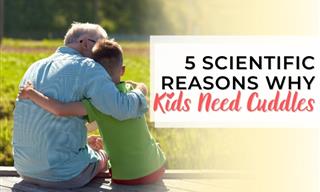
5 Scientific Reasons Why Kids Need Cuddles Every Day
Scientists found that hugging plays a vital role in a child’s brain development, offers stress relief, and may even change a baby’s genes. Read on to learn more...

How to Tell Your Children You Have Cancer
What's the right way to tell your children you have cancer, and are there situations where you shouldn't?

The Small Words That Will Change Your Relationship Forever
tips to help you improve the compliments you give your partner, along with 20 examples of compliments you can start giving right now.
To enable your Ad-Free Subscription, please fill the fields below
Your subscription was successful, now you can enjoy an ad-free experience!!
Note: To make sure you get no ads, please make sure to log in to your account. If you are logged in already, then refresh the page. The subscription can be cancelled at any time.


